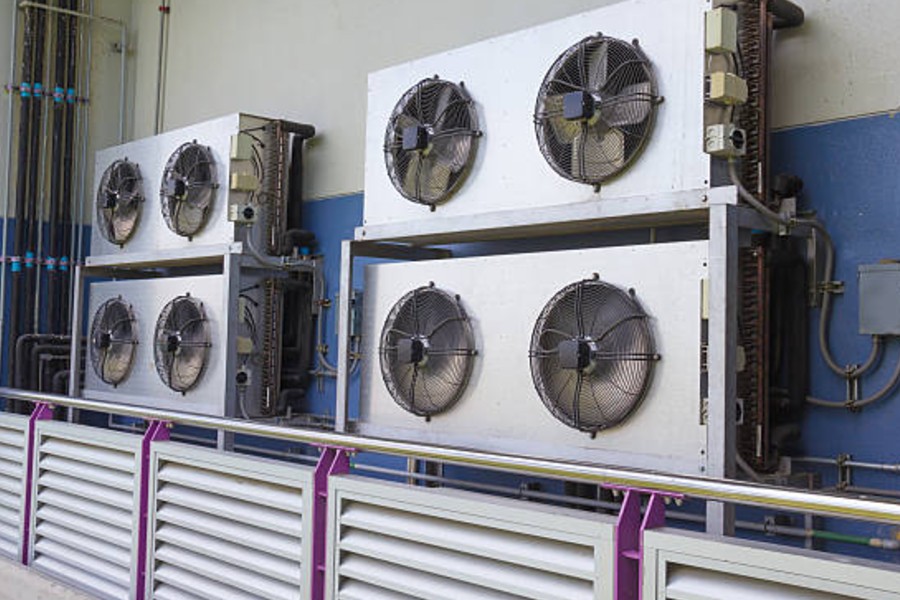
Lava lamps have been a fascinating decorative item since their introduction, known for their mesmerizing flow of wax and tranquil lighting.
Typically, a lava lamp can last for about 2,000 to 3,000 hours of operation, but its lifespan depends on how well it’s cared for and the conditions it’s used in. Simple maintenance practices can go a long way in ensuring your lava lamp not only lasts longer but also continues to function smoothly. In the sections ahead, we’ll explore how to maintain your lava lamp and tips to extend its lifespan.
How Long Do Lava Lamps Typically Last?
The Best lava lamp is designed to last between 2,000 and 3,000 hours of operation. This is roughly equivalent to a few years if used occasionally. However, how long it continues to function optimally depends on various factors that can either extend or shorten its lifespan. Understanding these factors can help you get the most out of your lava lamp.
Factors That Determine Lifespan:
- Usage Frequency:
The more frequently you use your lava lamp, the shorter its lifespan will be. Running it continuously for hours can cause the internal components, especially the bulb and wax, to wear out faster.
- Care and Maintenance:
Proper care, such as using the right wattage bulb and keeping the lamp at room temperature, significantly contributes to its longevity. Neglecting maintenance can cause issues like cloudiness, stuck wax, or overheating.
- Type of Lava Lamp:
Not all lava lamps are the same. Some models are more durable, while others may have a shorter lifespan due to lower-quality materials or design. For example:
- Traditional Lava Lamps: These typically last longer due to their simple, robust design.
- Mini Lava Lamps: They may have a slightly shorter lifespan due to smaller components and lower heat capacity.
By paying attention to these factors, you can better predict how long your lava lamp will last and how to make the most of its operation time.
Signs That Your Lava Lamp is Nearing the End of Its Lifespan
While lava lamps are built to last for a few thousand hours, they can start showing signs of wear as they reach the end of their lifespan. Here are some common indicators that your lava lamp might be nearing its end.
● Slow or Stuck Wax:
One of the most noticeable signs is when the wax no longer flows smoothly. If it clumps at the bottom or moves sluggishly, it’s a sign that the lamp’s internal components are struggling, possibly due to overheating or aging.
● Dimming of the Bulb:
As the bulb begins to dim, it may not produce enough heat for the wax to flow properly. This could indicate that the bulb is burning out or that the lamp itself is reaching the end of its functional life.
● Cloudy Liquid:
Over time, the liquid inside the lava lamp may become cloudy. This could be due to heat damage, impurities entering the lamp, or simply the age of the liquid, all of which suggest that the lamp’s performance is declining.
● Overheating Issues:
If your lava lamp becomes excessively hot to the touch or runs hotter than usual, this is a sign of internal malfunction. Overheating can cause damage to both the wax and the liquid, reducing the lamp’s overall lifespan.
These warning signs signal that your lava lamp may need to be replaced or undergo some maintenance to restore its performance.
Tips for Extending the Lifespan of Your Lava Lamp
Proper care and usage can significantly extend the lifespan of your Glitter Lava Lamp. By following these tips, you can keep your lava lamp working smoothly for years to come.
● Limit Operating Hours:
Running a lava lamp for extended periods can lead to overheating, which causes damage to both the wax and the liquid inside. To prevent this, limit the lamp’s operation to 4 to 6 hours at a time, allowing it to cool down before using it again.
● Use the Right Bulbs:
Always use the correct wattage bulb for your lava lamp model. Using a bulb that’s too powerful can cause overheating, while a bulb that’s too weak may not generate enough heat for the wax to flow properly.
● Avoid Shaking or Moving:
Once a lava lamp is turned on and the wax is flowing, avoid shaking or moving it. Disturbing the lamp while it’s operating can cause the wax to break apart or form bubbles, which can permanently affect the flow and clarity of the liquid.
● Maintain a Stable Room Temperature:
Lava lamps perform best in a room temperature environment, ideally between 68°F to 72°F (20°C to 22°C). Extreme heat or cold can affect the wax’s flow and cause the liquid to cloud or overheat.
● Position Your Lava Lamp Correctly:
Keep your lava lamp away from direct sunlight or heat sources like radiators, as this can disrupt the internal temperature balance. Proper placement helps ensure consistent performance and prevents unnecessary strain on the lamp’s components.
By following these simple maintenance steps, you can extend the life of your lava lamp and enjoy its unique display for a much longer period.

Common Issues and How to Fix Them
Lava lamps, while low-maintenance, can encounter a few common problems over time. Knowing how to address these issues can help in restoring or fixing the lava lamps function and extend its lifespan.
Cloudy Liquid:
- Over time, the liquid in your lava lamp may become cloudy due to overheating or contamination.
- How to Fix: Let the lamp cool completely and avoid running it for long periods. If the cloudiness persists, consider replacing the liquid by contacting the manufacturer or using a compatible liquid replacement kit.
Slow Wax Movement:
- If the wax in your lava lamp moves slowly or fails to rise, it could be a sign of improper heating or an aging lamp.
- How to Fix: Ensure you’re using the correct bulb wattage for your model. Allow the lamp to run for a few hours to heat the wax fully. If the problem persists, the lamp might be nearing the end of its functional life.
Overheating:
- Lava lamps can overheat if left on for too long, causing the wax to remain in a blob or rise too fast and stick at the top.
- How to Fix: Turn off the lamp and allow it to cool for a few hours. Limit future operation to 4-6 hours to prevent overheating. You may also check if the bulb is producing too much heat for the lamp’s size.
Wax Stuck at the Bottom:
- Occasionally, the wax may settle at the bottom and refuse to move, even after hours of use.
- How to Fix: Try running the lamp for a longer period to fully heat the wax. If the wax is still stuck, gently swirl the lamp (while it’s off) to loosen it, but avoid shaking. If the issue persists, you may need to replace the lamp.
By understanding these common issues and following the appropriate fixes, you can keep your lava lamp running smoothly and extend its lifespan even further.
When to Replace a Lava Lamp?
Though proper care can extend the life of a lava lamp, it will eventually reach the end of its functional lifespan. Here are some signs that indicate it might be time to replace your lava lamp:
● Persistent Cloudiness:
Suppose the liquid remains cloudy even after giving it time to settle or using various fixes. In that case, this is a strong indicator that the lamp’s internal components are permanently affected, making it difficult to restore its original look.
● Wax No Longer Moves:
If the wax refuses to move or the flow is severely disrupted despite using the correct bulb and allowing sufficient warm-up time, the lamp’s heating mechanism or internal balance may be compromised.
● Bulb Replacements No Longer Work:
If you’ve replaced the bulb several times and the lamp still fails to operate properly, this may indicate a deeper issue with the internal components beyond the bulb.
● Overheating Continually:
Suppose your lava lamp continues to overheat, even after reducing usage time and using the correct wattage bulb. In that case, the internal components might be damaged, which can reduce the lamp’s safety and functionality.
● Permanent Damage to Wax or Liquid:
If the wax starts to form permanent blobs that won’t return to their original state, or the liquid begins to separate or disintegrate, the lamp’s chemistry may have broken down, signaling that replacement is the only solution.
While lava lamps can provide years of enjoyment, these signs suggest it’s time to consider replacing your lava lamp to ensure a safe and visually appealing experience.
Lava lamps typically last between 2,000 to 3,000 hours, but their lifespan largely depends on how well they are maintained. By limiting operating hours, using the correct bulbs, and avoiding disturbances, you can significantly extend your lava lamp’s life. Simple fixes for common issues like slow wax movement or cloudy liquid can also help keep your lamp functioning properly for years. Following these tips will not only preserve the lifespan of your lava lamp but also ensure it remains a relaxing and captivating addition to your space.
Become a Harlem Insider!
By submitting this form, you are consenting to receive marketing emails from: . You can revoke your consent to receive emails at any time by using the SafeUnsubscribe® link, found at the bottom of every email. Emails are serviced by Constant Contact








